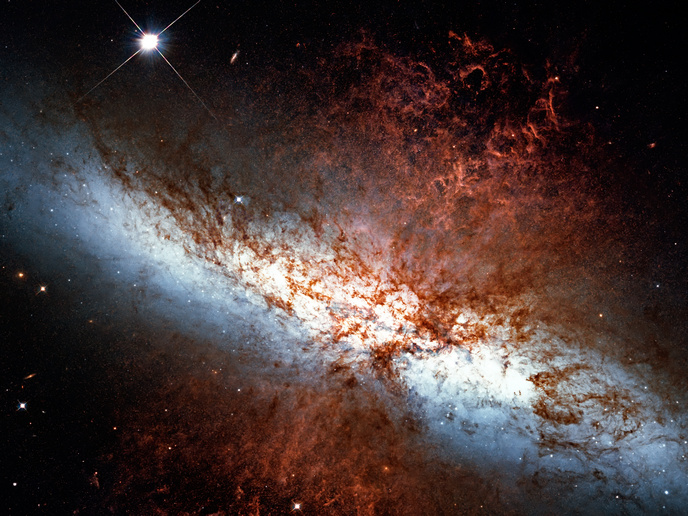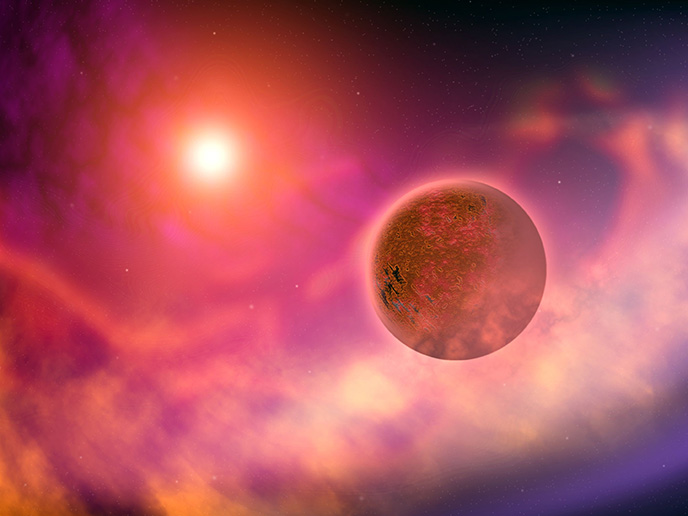Refined imaging delivers clearer picture of distant planets
Life on Earth is possible for a number of reasons, not least because our distance from the sun ensures that liquid water can flow. Distant planets that orbit their suns within similar ‘habitable zones’ have long captured the imagination of the public, holding out hope that life, somewhere, is out there. It is often down to astronomers to keep our feet on the ground. “The idea that liquid water is needed for life to exist is based mostly on what we know from life here on Earth,” says Exoplanet Finder project coordinator Pierre Baudoz, astronomer at the Paris Observatory(opens in new window) in France. He adds that planets orbiting other stars – exoplanets – are extremely hard to find. To date, most exoplanets(opens in new window) have been discovered by measuring the movement of the star induced by the planet, or the dimming of the light when a planet passes in front of a star. “Thousands of exoplanets have been detected this way,” adds Baudoz. The challenge with these techniques though is that the light received from the star is mixed with the light from the planet. What’s more, starlight is many magnitudes brighter than the light from even the largest planets. Baudoz compares capturing images of these planets to gazing past the blinding headlights of a car at night. To better understand these distant exoplanets, scientists need to separate these sources of light.
Seeing the light
The Exoplanet Finder project was launched with the aim of refining current image capturing techniques. This research was undertaken with the support of the Marie Skłodowska-Curie Actions programme(opens in new window). “Europe’s Very Large Telescope(opens in new window) has successfully captured images of dozens of exoplanets, using incredibly sophisticated technology,” explains Baudoz. Coronagraphs(opens in new window), for example, are optical instruments designed to block starlight, letting the light of planets through. This also enables scientists to study the physical and chemical properties of exoplanetary atmospheres. Coronagraphs however cannot block all starlight, in part because the Earth’s atmospheric turbulence tends to scatter starlight. Baudoz, together with the project’s postdoctorate researcher Garima Singh, focused on developing new techniques to address this specific challenge, by correcting the flaws caused by atmospheric turbulence.
A clearer picture
Using a test bed at the Paris Observatory, Baudoz’s team and Singh were able to demonstrate how aberrations caused by atmospheric turbulence could be detected with high precision and addressed. In practice, this could eventually enable highly sensitive instruments to detect exoplanets, fainter than ever before. “This step forward could help astronomers to find young, giant planets in other solar systems,” notes Baudoz. “Though giant planets in general contain mostly gases, there might perhaps be rocky moons that could harbour life.” The Exoplanet Finder project is one piece of a larger jigsaw, helping to push European astronomy forward. “Astronomy is a step-by-step process,” he adds. Which is why the team is concentrating, at the moment, on trying to detect young, giant exoplanets. “The aim is to continue developing and refining the technology, to the point that we are perhaps able to identify Earth-like planets orbiting other stars.” Advances made in this project will feed into the development of next-generation tools at the European Extremely Large Telescope(opens in new window) (ELT), which is currently under construction. A 40-metre-class mirror at the ELT will enable astronomers to study the atmospheres of extrasolar planets. Construction is currently scheduled for completion between 2025 and 2026.







